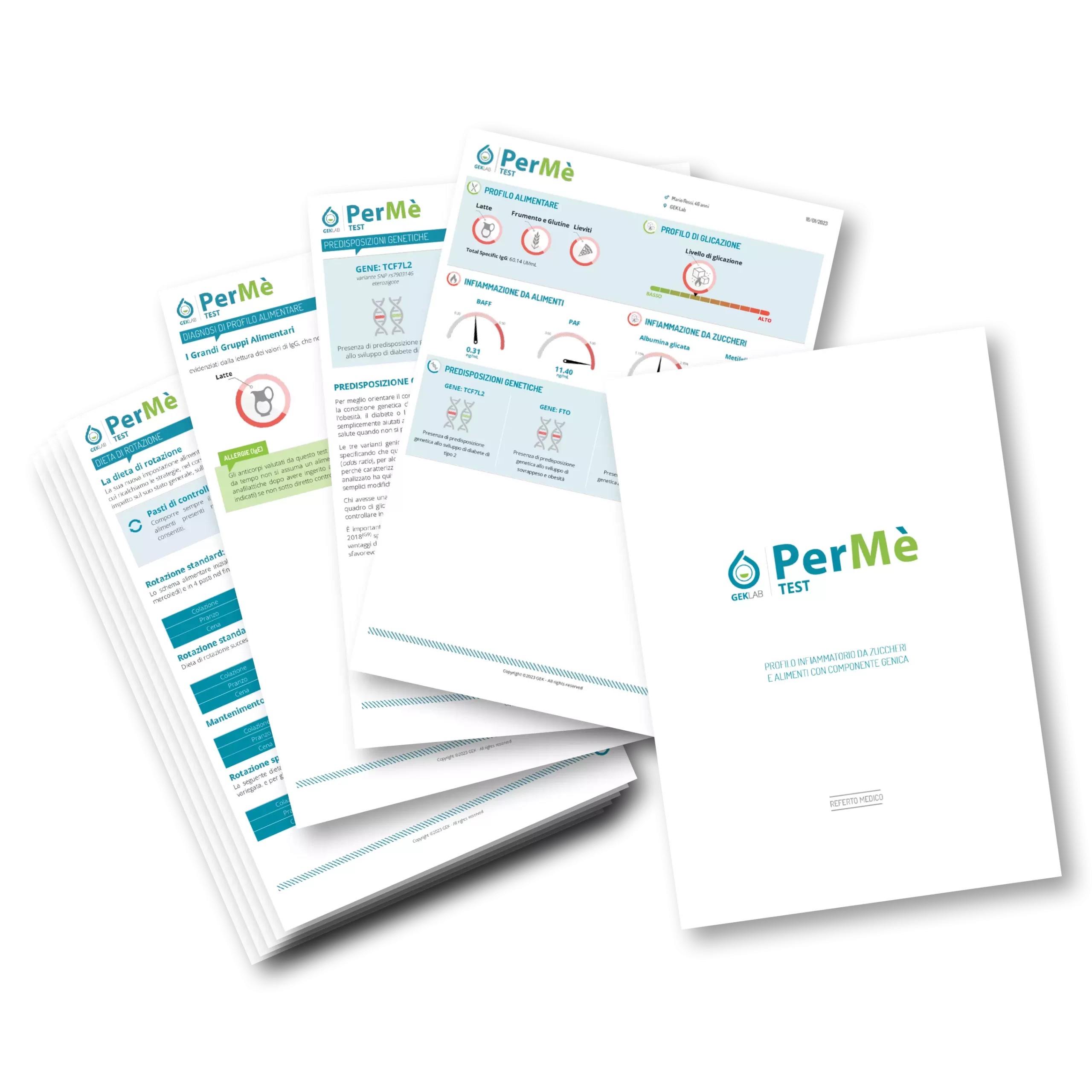Updated on 7/10/2024

Burning behind the sternum, stomach heaviness, or regurgitation in the mouth may indicate a condition called Gastroesophageal Reflux Disease (GERD).
This disorder is far from rare and affects approximately 15% of the population in industrialized countries.
Symptoms of reflux
The symptoms include retrosternal pyrosis (burning in the center of the chest) and regurgitation, both acidic and non-acidic.
Other common symptoms include chest pain and difficulty swallowing. “Extraesophageal” symptoms such as chronic cough, dental erosion, asthma, and laryngitis can also manifest.
Prolonged use of proton pump inhibitors, often prescribed as a standard therapy, may not address the root cause of reflux and can lead to side effects on digestion, limiting the absorption of beneficial substances.
General causes of gastroesophageal reflux
The causes of gastroesophageal reflux are not fully understood, although in some cases, inflammation of the esophagus is observed through endoscopy. However, the reflux of gastric material into the esophagus, due to acidic pH and bile, can cause significant damage to the esophageal cells, with potentially serious health consequences.
The prolonged use of proton pump inhibitors, often prescribed as standard therapy, may not address the root cause of reflux and may have digestive side effects, limiting the absorption of beneficial substances. Proteins, for example, which are digested thanks to gastric acidity, are absorbed with difficulty, and this facilitates, in those taking gastric protectors, the predominant absorption of carbohydrates.
Reflux from hiatal hernia
Hiatal hernia is a very common para-physiological condition and often does not pose a real health problem. It occurs when a part of the digestive tract, particularly the stomach, slides through the opening in the diaphragm that connects the thoracic cavity to the abdominal cavity.
This condition can compromise the effectiveness of the valve that separates the esophagus from the stomach, thereby facilitating the onset of bothersome symptoms such as reflux. However, hiatal hernia is generally asymptomatic unless there is a concomitant inflammation of the stomach or esophagus. Addressing food-related inflammation through a proper weekly rotation diet is the best way to regain control of the situation.
Psychosomatic causes
Scientific studies show a strong correlation between symptoms of anxiety or depression and the development of gastroesophageal reflux. Depression increases the risk of developing the condition by 1.7 times, while anxiety increases it even by 3.2 times.
This confirms the importance, for those affected, of considering natural therapies and making significant changes in lifestyle and diet, rather than resorting to excessive use of medications with potential side effects.
Eosinophilic esophagitis
Eosinophilic esophagitis is a chronic disease of the esophagus, caused by an inflammatory immune response, which can also be triggered by food allergens. Although it presents with symptoms similar to gastroesophageal reflux, its roots and causes are entirely distinct. It is provoked by inflammation in which eosinophils, a particular type of white blood cells, play a predominant role. Their concentration often increases in the presence of intestinal disorders such as parasitosis or inflammations caused by foods, leading to a chronic condition with symptoms identical to GERD, but requiring completely different treatments.
Therapeutic approach
The first step in treating gastroesophageal reflux should always be a change in dietary and lifestyle habits. Being overweight, obesity, and an unbalanced diet are often associated with reflux.
Chewing slowly and without haste is indeed the first nutritional advice: when incompletely chewed food reaches the stomach, it triggers immunological responses that facilitate inflammation due to food.
Limiting the consumption of chewing gum, which stimulates digestive processes and gastric juice production, without any food actually being ingested, can be helpful.
Opting for a light dinner accompanied by chamomile or fennel herbal tea, without added sugar, is also a wise choice.
Fresh carrots and cabbage have a soothing and healing action on the stomach and esophageal mucosa, and their consumption raw before each meal can have a positive effect on reflux.
However, for more persistent cases, a more strategic approach is needed to reduce inflammation caused by foods and sugars.
This can be achieved by performing a PerMè test to assess if there are foods to which our body has developed a specific inflammation. The report associated with the test will contain useful advice to set up a personalized dietary regimen to reduce such inflammation and, along with it, the symptoms.
This approach also proves to be effective in clinical practice for eosinophilic esophagitis. Recent research has documented that the treatment of eosinophilic esophagitis is mainly nutritional and dietetic, and that the choice of foods to include in the diet (on rotation and never exclusion) depends on individual characteristics. In this case too, the diet can only be defined after establishing the individual dietary profile and measuring the level of food-related inflammation in the body.
Conclusion
The symptoms of gastroesophageal reflux can manifest in various forms and sometimes may mask more serious conditions. Therefore, it is always essential to consult a doctor. Dietary and lifestyle modifications, along with careful management, can lead to complete resolution of symptoms.
By the Scientific Editorial Team at GEK Lab





